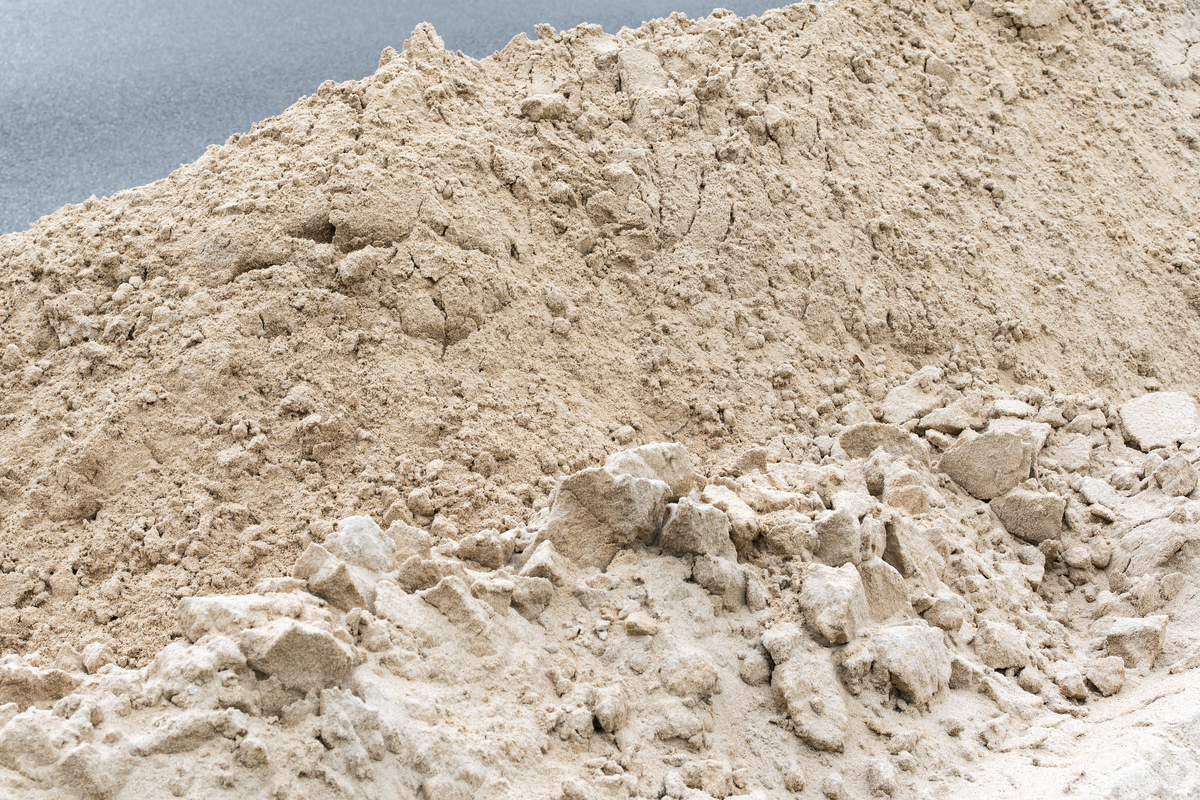In our heavy projects with a range of important clients, one of the logistics that sticks out is the use of construction fill to resolve some types of excavation and create the final contours that people want for a plot.
In the earthmoving field, most are familiar with some basic aspects of construction fill and how to acquire it. But there are some particular strategies that can make it easier to meet objectives.
With that in mind, it’s still useful to talk a little bit about how construction fill is used, and what the standards are. Does it make a difference where you get your construction fill and what’s in it? Yes, it absolutely can.
Clean Fill and Certified Fill
First of all, you have clean construction fill and you have certified fill.
Clean fill just means that the fill itself is generally free of contaminants. Allowed materials include concrete, dirt, brick and some other kinds of building materials. Disallowed materials include:
Combustibles
Certain caustic chemicals
Dangerous heavy metals
So from a scientific basis, someone has to evaluate the fill and make sure that it’s generally free of these dangerous elements.
Certified fill is a little different – it has a more rigorous standard and will be more specifically free of a broader range of contaminants.
In other words, one way to think of it is that clean fill is just someone saying that the fill is generally clean, but certified fill is a standard that meets more concrete criteria – no pun intended!
Getting Fill
In trying to secure construction fill for a site, there’s always the logistical process of transporting that material from its origin to its destination, and getting it integrated into a land contour.
At Griffin, we’ve invested in the kinds of heavy equipment and vehicles necessary to do this efficiently and effectively. Smaller firms that try to haul construction fill in pickup trucks often waste a lot of money, time and effort in doing the kinds of jobs that can be done better with industrial grade equipment and heavy contracting strategy.
In fact, that’s a large part of what we do – working with companies and organizations across Georgia and Florida and the Carolinas, we excel in putting together those heavy projects that can’t just be done with a minimal arsenal of equipment.
Take a look back through the blog to learn more about what we do with our clients and how it benefits taxpayers, residents, businesses and everyone who lives in a given community.


